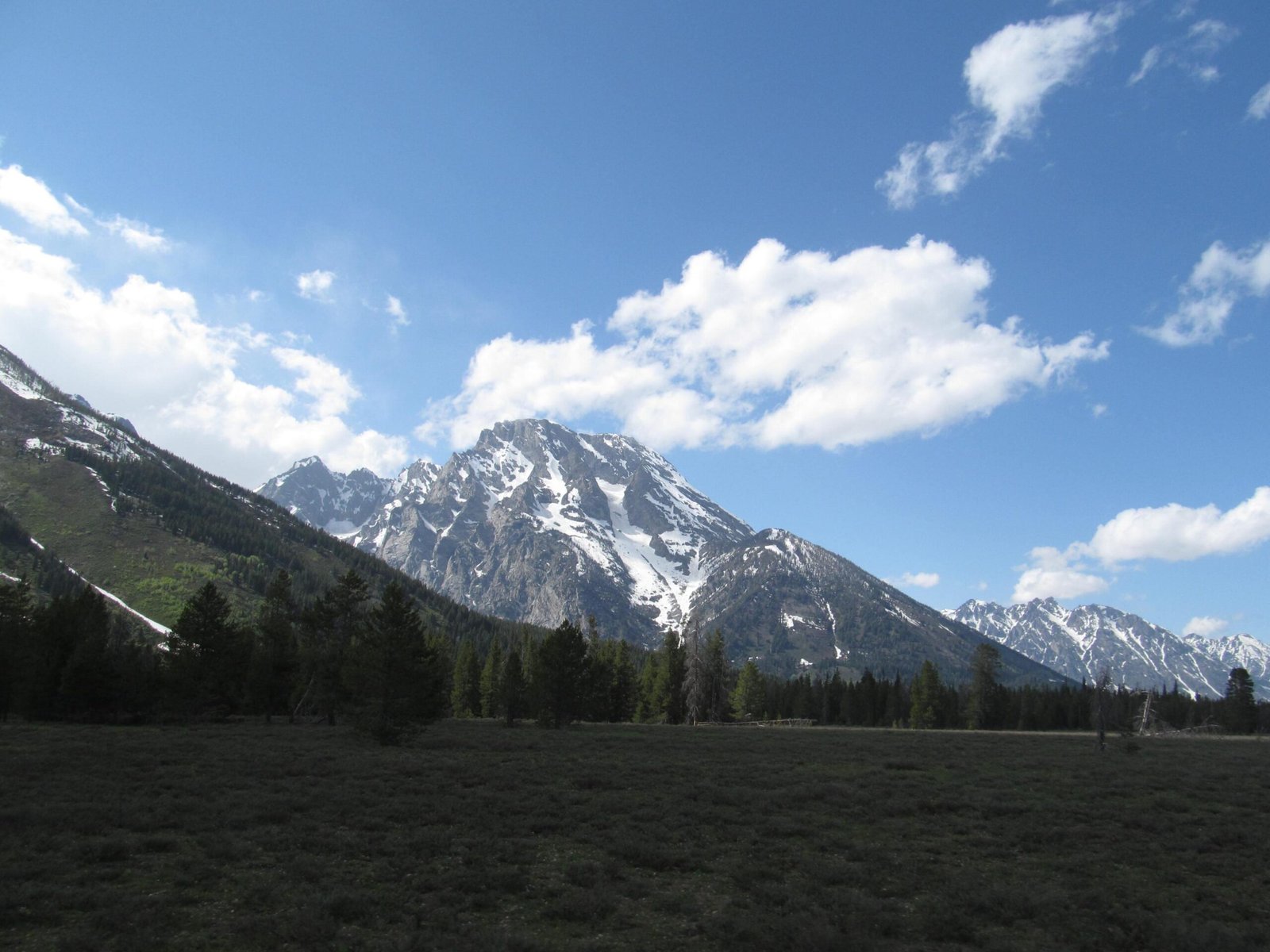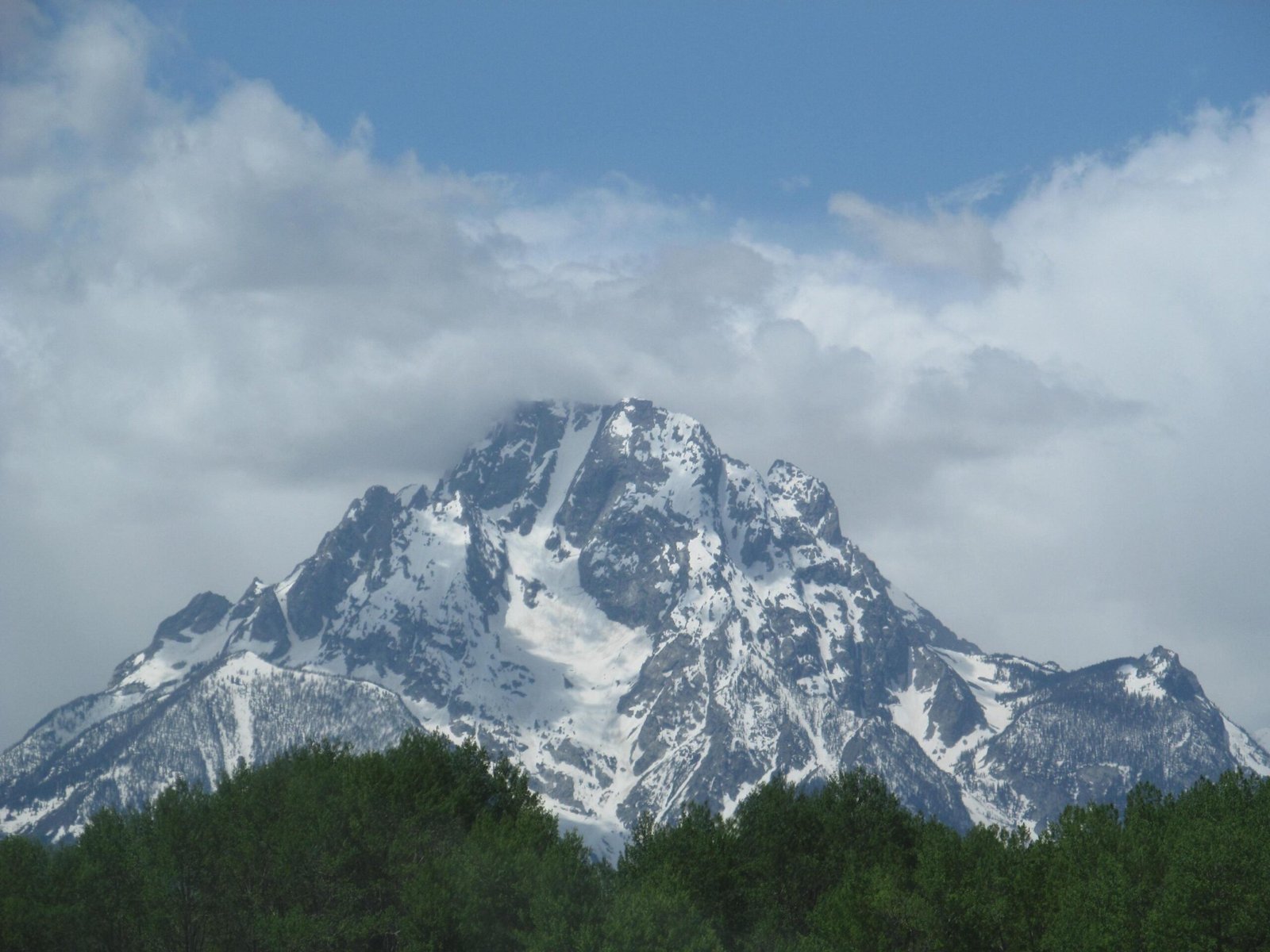Grand Teton National Park offers an extraordinary winter landscape where snowshoe enthusiasts can explore breathtaking mountain terrain. Spanning over 310,000 acres, these trails wind through pristine snow-covered landscapes, providing adventurers with unparalleled opportunities to experience the park’s stunning winter ecosystem, featuring majestic mountain ranges, frozen lakes, and diverse wildlife habitats.
What Makes Grand Teton National Park Snowshoe Trails Unique?

Grand Teton’s snowshoe trails offer more than just a winter hiking experience. These trails provide:
- Diverse Terrain: From gentle valley floors to moderate mountain slopes
- Scenic Vistas: Panoramic views of the Teton Range
- Wildlife Viewing: Potential encounters with winter wildlife like elk and moose
- Varying Difficulty Levels: Trails suitable for beginners to advanced snowshoers
Which Trails Offer the Best Snowshoeing Experience?

Jenny Lake Trail
| Characteristic | Details |
|---|---|
| Length | 3-4 miles |
| Difficulty | Beginner |
| Elevation Gain | Moderate |
| Scenic Highlights | Frozen lake, mountain views |
The Jenny Lake Trail provides an excellent introduction to snowshoeing in Grand Teton. Beginners can enjoy relatively flat terrain with stunning views of the surrounding mountains and the frozen lake surface.
Colter Bay Hermitage Point Trail
This 9.6-mile loop offers a more challenging snowshoeing experience. Highlights include:
- Panoramic views of Heron Pond
- Close-up perspectives of Mt. Moran
- Potential wildlife sightings
- Varied terrain with moderate elevation changes
Bradley Taggart Lakes Trail
Ideal for snowshoers seeking flexibility, this trail system allows multiple route options:
- Short, easy loops for beginners
- Extended backcountry routes for experienced snowshoers
- Multiple trailhead access points
- Stunning mountain and lake views
What Should Snowshoers Know Before Visiting?
Winter Preparation Tips
- Check Weather Conditions: Winter temperatures can drop below zero
- Bring Appropriate Gear: Waterproof clothing, layers, emergency kit
- Rent Equipment: Snowshoe rentals available in nearby Jackson
- Obtain Park Passes: Entrance fees required
Safety Considerations
- Always inform someone about your planned route
- Carry navigation tools and emergency communication devices
- Be aware of avalanche risks
- Check trail conditions with park rangers
- Carry sufficient water and high-energy snacks
When Is the Best Time to Snowshoe?
The prime snowshoeing season runs from November through April, with:
– Most consistent snow coverage
– Temperatures typically between 15-35°F
– Minimal crowds
– Optimal trail conditions
Additional Winter Activities
While snowshoeing remains a primary attraction, visitors can also enjoy:
– Cross-country skiing
– Wildlife photography
– Ranger-led winter programs
– Photography workshops
Practical Information
Costs and Reservations
- Park Entrance Fee: $35 per vehicle
- Snowshoe Rental: Approximately $5-$15 per day
- Guided Tours: Free ranger-led tours available
Contact Information
- Park Headquarters: (307) 739-3399
- Visitor Center: Winter hours vary, check official website
Pro Tips for an Unforgettable Experience
- Start early in the morning for best snow conditions
- Bring a thermos with hot beverages
- Use trekking poles for additional stability
- Take frequent breaks to appreciate the scenery
Recommended Gear Checklist
- Waterproof snowshoes
- Insulated, layered clothing
- Waterproof boots
- Trekking poles
- Navigation tools
- Emergency communication device
- First-aid kit
- High-energy snacks
- Hydration system
Reference:
– Grand Teton National Park Official Website
– Jackson Hole Tourism
– National Park Service Winter Recreation

